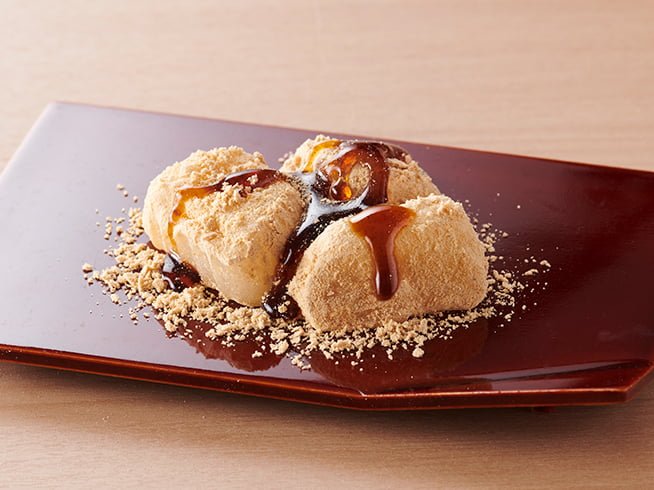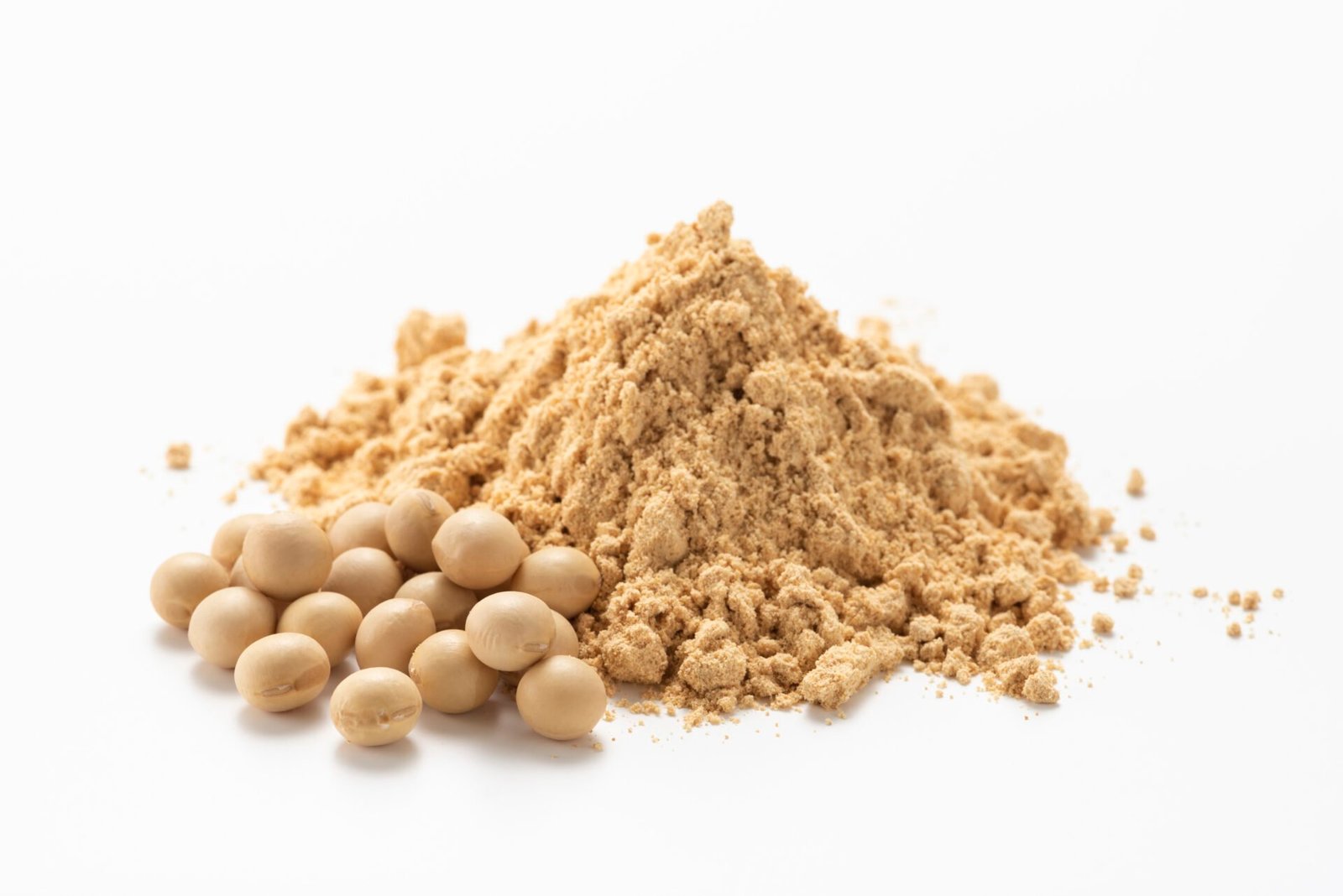The Enchanting World of Kinako in Japanese Wagashi
In the realm of Japanese confectionery, numerous fascinating ingredients are used, but kinako holds a special place. This golden powder brings a unique flavor and texture to wagashi, symbolizing the traditional taste of Japan. This article delves into kinako’s history, its modern applications, and its significance for Japanese sweet enthusiasts.
The Origins and History of Kinako
The history of kinako dates back to the Yayoi period when soybeans were first introduced to Japan. Initially, soybeans were roasted or boiled for consumption, but by the Nara period, they were also being processed into products like soy sauce.
As early as the beginning of the Nara period, soybeans were being ground into powder. The Wamyō Ruijushō, a Japanese-Chinese dictionary from the Heian period, mentions “mametsugi,” a powder made from ground soybeans, which is considered the prototype of modern kinako.
During the Edo period, kinako became widely popular among commoners and began to be used in various wagashi. It’s believed that the name “kinako” became established during this time.
Even after the Meiji era, when Japanese food culture was influenced by the West, kinako maintained its position as a crucial ingredient in wagashi, continuing to appeal to Japanese taste buds to this day.
The Manufacturing Process of Kinako
The production of kinako is relatively simple, with soybeans as the main ingredient. Here’s a brief overview of the process:
- Ingredient Selection: High-quality soybeans are carefully chosen.
- Roasting: The soybeans are roasted at high temperatures to bring out their aromatic flavor.
- Grinding: The roasted soybeans are finely ground.
- Sifting: The powder is sifted to ensure uniform particle size.
This process creates kinako’s distinctive toasty flavor and sweetness while preserving the natural nutritional value of soybeans.
Popular Wagashi Using Kinako
Kinako is used in various ways in wagashi, taking advantage of its unique flavor and texture. Here are three particularly representative wagashi that use kinako:
Warabimochi
Warabimochi is a soft, transparent mochi made from bracken starch. Coating it with kinako creates a unique texture and toasty flavor. It’s popular as a summer treat and is typically eaten chilled.

Kuzumochi
Kuzumochi, made primarily from kuzu starch, has a characteristic slippery texture. It’s traditionally eaten with kinako and kuromitsu (brown sugar syrup), creating a perfect balance between the nuttiness of kinako and the sweetness of kuromitsu.

Abekawa Mochi
Abekawa mochi is known as a local specialty of the Chubu region, particularly around Shizuoka City. It’s a simple yet delicious wagashi made by coating freshly pounded mochi with kinako mixed with sugar. There are various theories about its origin, including one that claims it was named by Tokugawa Ieyasu during the Edo period, and another suggesting it became famous as a specialty of tea houses along the Abe River for travelers on the Tokaido road. It was popular enough to be mentioned in the Edo-period literary work “Tokaidochu Hizakurige.” Even today, many shops, including some with over 200 years of history, line up at the foot of the Abekawa Bridge, selling this traditional treat.

These wagashi maximize the characteristics of kinako, playing a crucial role in preserving and passing on traditional Japanese flavors.
Nutritional Value and Health Benefits of Kinako
Kinako is highly nutritious and has gained attention for its health benefits. Here are its main nutritional components and potential health effects:
- Protein: Kinako is a good source of quality protein, aiding in muscle maintenance and growth.
- Dietary Fiber: It helps maintain digestive health and can slow the absorption of carbohydrates.
- Isoflavones: These compounds have effects similar to female hormones and may help alleviate menopausal symptoms and maintain bone density.
- B Vitamins: These promote metabolism and help in energy production.
- Minerals: Kinako contains calcium, iron, and magnesium, contributing to bone and blood health.
Due to these nutritional components, kinako is gaining attention not just as an ingredient in wagashi but as a food that supports a healthy diet. However, it’s important to note that health effects can vary between individuals, and excessive consumption should be avoided.
Ways to Enjoy Kinako at Home
Kinako isn’t just for enjoying at wagashi shops; it’s an ingredient that can be easily used at home. Here are some simple ways to incorporate kinako into your daily diet:
- Yogurt Topping: Sprinkle kinako on plain yogurt for a nutritious breakfast.
- Smoothie Ingredient: Combine banana and kinako for a perfect breakfast or snack smoothie.
- Toast Flavoring: Sprinkle kinako on buttered toast for a Japanese-style toast.
- Kinako Milk: Mix kinako into warm cow’s milk or soy milk for a comforting drink.
By trying these methods, you can fully enjoy the charm of kinako in your everyday life. Explore the possibilities of kinako not just as an ingredient in wagashi, but as a versatile food item.
Conclusion
Kinako is a traditional food deeply rooted in Japanese food culture, yet it’s also a fascinating ingredient that adapts flexibly to modern diets. By understanding its history, nutritional value, and diverse uses, you can deepen your appreciation and attachment to Japanese food culture, including wagashi. We hope you’ll continue to enjoy Japanese flavors through kinako and build a healthy and rich dietary life.
